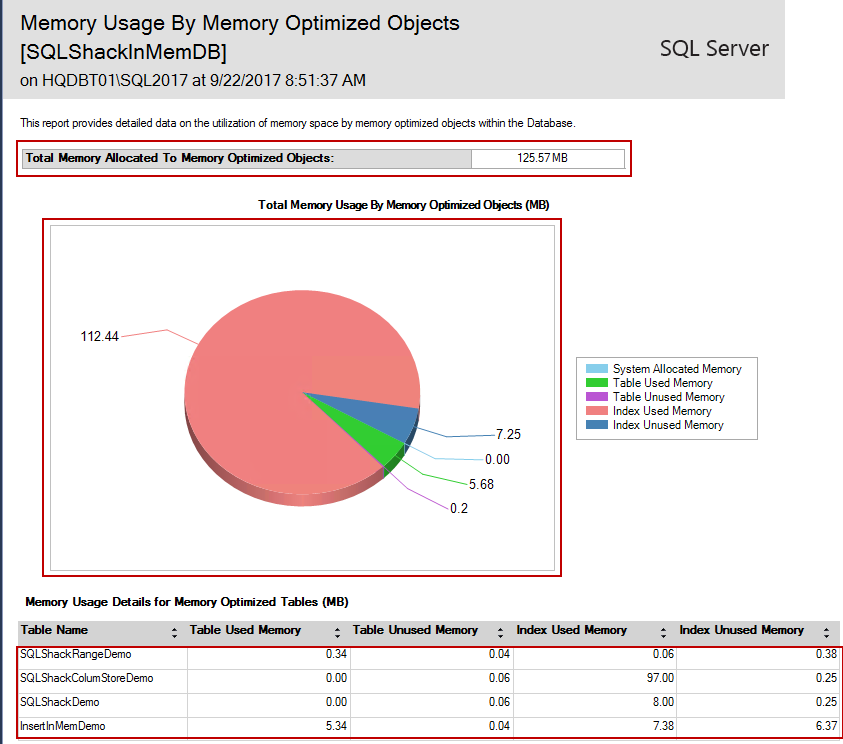
This means that if we talk about memory management in Node.js we actually always talk about V8. During execution, it manages the allocation and freeing of memory as needed.
#Nodejs monitor memory usage code#
V8 compiles JavaScript down to native code and executes it. This makes it the perfect fit for Node.js, and it is the only part of the platform that actually "understands" JavaScript. Google V8 is a JavaScript engine initially created for Google Chrome, but it can also be used as a standalone. Node.js is a C++ program controlled via V8 JavaScript While this has lots of positive implications such as allowing database connections to be set up once and then reused for all requests, this may also cause problems.īut first, let’s cover some Node.js basics. Unlike platforms like PHP, Node.js applications are long-running processes.
#Nodejs monitor memory usage how to#
In this post, I’ll cover how Node.js manages memory and how to trace down memory-related problems. And if things go wrong, you need to know how to fix things fast. While this technology has a rather flat learning curve, the machinery that keeps Node.js ticking is quite complex, and you must understand it to preemptively avoid performance pitfalls. This does not mean that Node.js is more prone to problems than other technologies - the user must simply be aware of certain things about how Node.js works. Whenever there is bad press coverage of Node.js, it is (typically) related to performance problems.

With his kind permission, we are sharing it here for Codeship readers. I’ll carry out some further investigation before the next update.This article was originally published on About:Performance by Daniel Khan. The Reset method is particularly useful as it allows the same JS container to be reused – and, as such, avoids V8 allocating further memory to hold the (new) Cache object. With this ‘issue’ in mind all object classes managed by mg-dbx (global, class and cursor) all have Close and Reset methods. Most of the time it simply appears that Node.js/V8 is a bit greedy. However, the garbage collector should (and usually does) spring into action before memory usage becomes critical. A consequence of this is that JS scripts that quickly generate lots of JS objects can consume a lot of memory in a short period of time.

The V8 engine tends to be a little slow in cleaning up objects that it identifies as being out of scope.

One notorious area where the V8 engine can consume an excess amount of memory is related to the garbage collector.

I’m not aware of any memory leaks in mg-dbx but I’ll check this – specifically the part that invokes Cache functions – before the next release. It does sound like there’s some kind of fault here. In Node.js in particular, I see the big increase mostly in the RSS (resident set size) part when you log a moryUsage() call on the console in the QEWD.js handler.Ĭonfig.addMiddleware = function (bodyParser, app, q, qx, qewdConfig)`) As I'm using QEWD.js's workers with an mg-dbx in-process connection to our Caché, this means the memory increase must come from mg-dbx or Caché's memory usage itself. The result is that the first handler with the static data returned does not increase memory consumption, but the second handler returning the data from Caché increases memory usage by 45 MB. The second handler does a mg-dbx function call to Caché to return the product's json dynamically from the Caché database using an extrinsic function. I created a testrest.js module in QEWD.js with two handlers: the first handler returns a json response with the static data result from the same 24 products request (I saved the product's json response in a test.json file and the handler simply require()'s it to return it to the browser). Today I did more testing to find what's causing this.


 0 kommentar(er)
0 kommentar(er)
